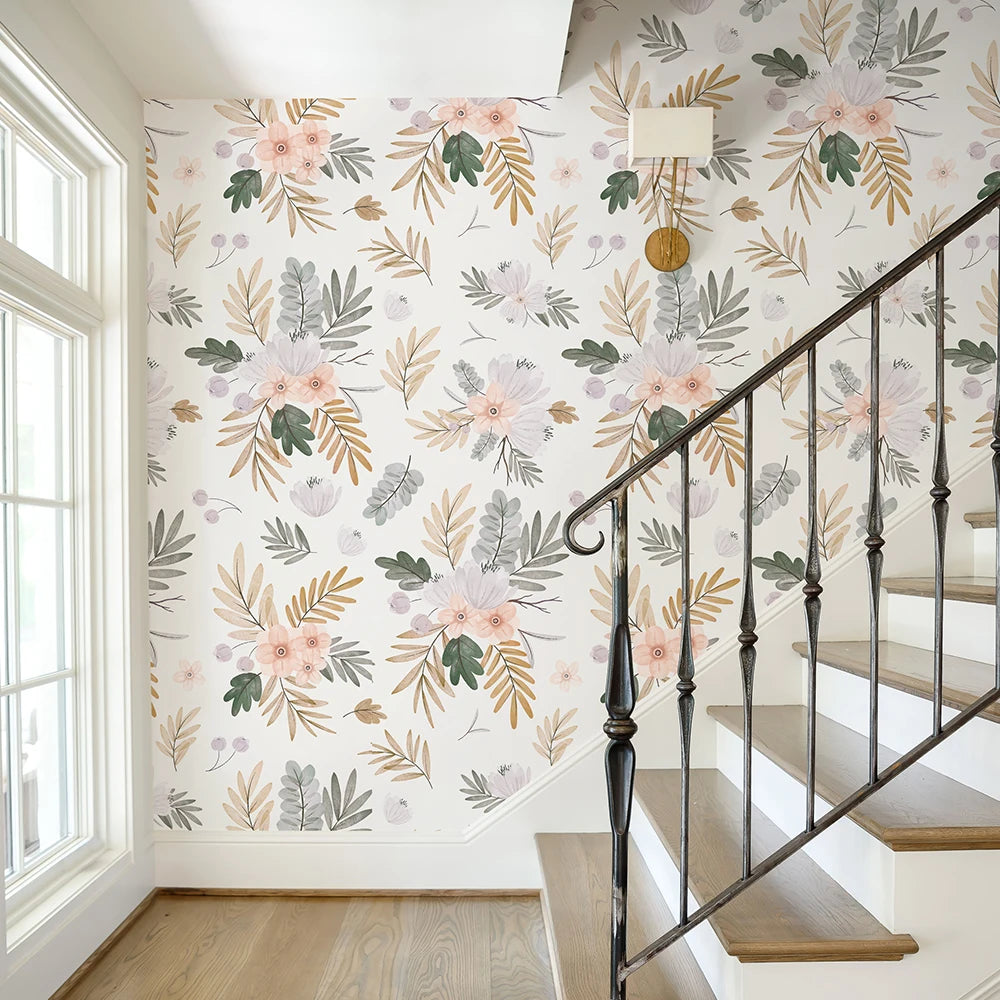How To Measure For Wall Paper
How to Measure for Wallpaper | DIY Wallpaper Measuring Guide
How to Measure for Wallpaper: A DIY Wallpaper Measuring Guide
Why Proper Measurement is Essential for a Successful Wallpaper Project
Accurate measurement is crucial when it comes to choosing and applying wallpaper. Without proper measurements, you risk wasting time, money, and materials. By following this simple DIY wallpaper measuring guide, you can ensure a successful wallpaper installation that fits your space perfectly.
One of the key benefits of measuring correctly is being able to calculate the exact amount of wallpaper required for your project, avoiding over-purchasing or running out of wallpaper mid-installation. Additionally, proper measurement allows you to align patterns correctly, minimizing visual disruptions and ensuring a seamless look.
Step 1: Measuring Wall Height
Start by measuring the height of the wall you wish to cover with wallpaper. Use a measuring tape and measure from the baseboard to the ceiling or desired stopping point. Make sure to measure at multiple points along the wall, as walls are not always perfectly straight. Note down the highest measurement obtained.
Next, consider the pattern repeat of the wallpaper you have chosen. The pattern repeat refers to the vertical distance between where the pattern begins and repeats itself. If your chosen wallpaper has a pattern repeat, factor this into your measurements by adding the pattern repeat distance to the height of each strip required.
Finally, divide the highest measurement obtained by the height of a single wallpaper roll. This will give you the number of wallpaper rolls needed to cover the wall height. Add an extra roll for any errors or miscalculations that may occur during installation.
Step 2: Measuring Wall Width
After measuring the wall height, it's time to measure the wall width. Measure the width of each wall you plan on wallpapering, starting from one corner to the opposite corner. Again, measure at multiple points along each wall to account for any variations.
If you have windows or doors on the wall, subtract their total width from the overall wall width. This will give you the total width of uninterrupted wall space that needs to be covered with wallpaper.
Divide the total width of uninterrupted wall space by the width of a single wallpaper roll. This will give you the number of wallpaper strips needed to cover the wall width. Remember to add a few extra strips for errors or miscalculations.
Choosing the Right Wallpaper and Pattern Alignment
When selecting wallpaper, consider the room's overall decor as well as the purpose of the space. Different patterns and colors can evoke different moods and emotions, so choose a wallpaper that complements the room's design and atmosphere.
Pattern alignment is essential for achieving a professional-looking wallpaper installation. Ensure that the pattern repeats align across all walls and at each corner. Take note of any architectural features, such as windows or doors, that may affect pattern alignment. It's also important to consider how the pattern will flow from one wall to the next, especially in rooms with multiple walls that are visible at once.
Step 3: Calculating the Total Wallpaper Requirement
To calculate the total amount of wallpaper you need for your project, multiply the number of wallpaper rolls required to cover the wall height by the number of wallpaper strips needed to cover the wall width.
Remember to account for pattern repeats, as they may require additional wallpaper rolls or strips. It's always better to purchase slightly more wallpaper than you think you need to account for any errors or future touch-ups.
Keep in mind that different wallpaper brands may have varying roll sizes, so check the manufacturer's specifications to ensure accurate measurements.
Step 4: Consult a Professional
If you're unsure about measuring for wallpaper or if your project involves complex elements such as sloped ceilings or unusual room shapes, it's best to consult a professional. They can provide expert advice and ensure accurate measurements for a seamless wallpaper installation.
A professional wallpaper installer can also recommend the right type of wallpaper for your space, taking into consideration factors such as humidity levels, durability, and ease of maintenance.
By following these simple steps and taking accurate measurements, you can ensure a successful wallpaper project that transforms your space and enhances its overall aesthetic.
Conclusion: Achieve Perfectly Measured Wallpaper with Ease
Measuring for wallpaper doesn't have to be overwhelming. By carefully measuring your wall height and width, considering pattern alignment, and calculating the total wallpaper requirement, you can confidently embark on your wallpaper project.
Remember, proper measurement is crucial for avoiding costly mistakes and achieving a professional-looking installation. And if you're ever in doubt, don't hesitate to consult a professional for assistance. With the right measurements and a well-thought-out plan, you can transform any space with the perfect wallpaper.









